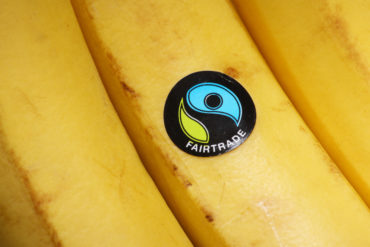E numbers are used on labels to confirm that a food additive has passed safety tests and been approved for use throughout the European Union.
Food additives are included in the ingredient list of a product, where they are listed either by name or by an E number.
This list also informs shoppers of the specific role of each additive, e.g. an additive might be used to add colour to a product, or act as a preservative.
It must be stated that although these are approved by the EU, there is growing concern for a variety of additives added to food in the UK.
The most common types of additives found on food labels are:
- Preservatives – As the name suggests, preservatives are used to help preserve food so that it can be kept safe for longer. Most food that has a long shelf-life is likely to contain preservatives, unless other methods of preserving have been used such as freezing, drying or canning. Manufacturers still preserve some foods using more traditional preservatives such as vinegar, salt and sugar.
- Antioxidants –Like preservatives, antioxidants are added to foods to make them last longer. They achieve this by helping to stop fats, oils and certain vitamins from combining with oxygen in the air and becoming rotten, and therefore feature heavily in foods made using fats and/or oils. Vitamin C (E300) is one of the most widely used antioxidants.
- Colours – Artificial colours are sometimes added to replace the natural colour lost during food processing or storage, or to make products a consistent colour. Commonly used colours include caramel (E150a), which is used in soft drinks.
- Flavourings & flavour enhancers – Flavourings are added to a wide range of foods to provide a particular taste or smell. Flavourings don’t have E numbers because they are controlled by different laws to other food additives, although ingredients lists will say if flavourings have been used. In contrast, flavour enhancers are used to bring out the flavour in a wide range of processed foods, such as soups, sauces and sausages, and other foods including ready meals and sweet and savoury snacks.
- Gelling agents – G elling agents help thicken and stabilise various foods such as jellies and desserts. Pectin (E440) is the most common gelling agent and is used to make jam.
- Sweeteners – These are often used as a replacement for sugar in products such as fizzy drinks and chewing gum as they are lower in calories and are less harmful to teeth. Some sweeteners are many times sweeter than sugar such as aspartame (E951) and saccharin (E954). These are known as ‘intense sweeteners’ and are only used in very small amounts.
- Emulsifiers & stabilisers – Emulsifiers are included to help blend ingredients that would normally separate, such as oil and water, while stabilisers are added to help keep these ingredients together. Both are commonly used in a range of sweet and savoury foods.






